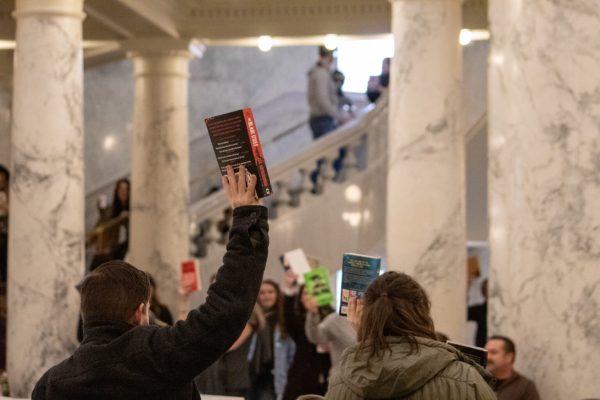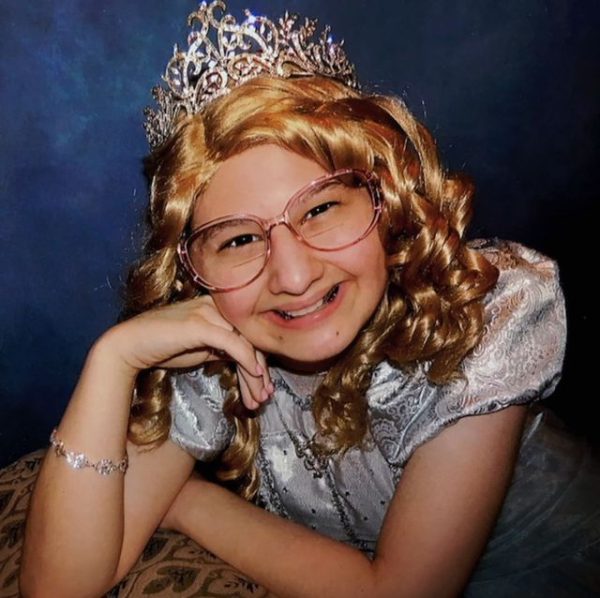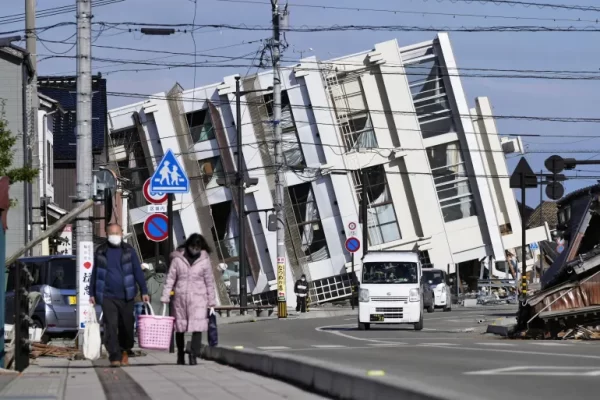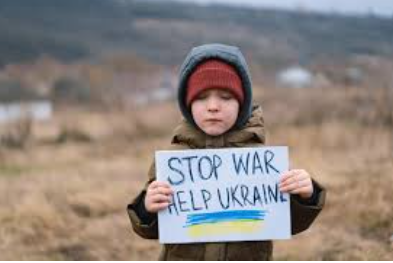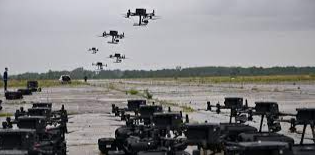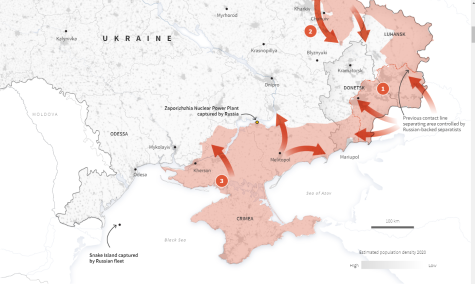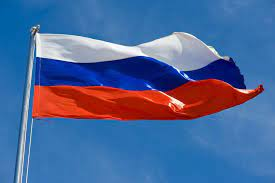From Spy to Dictator – Who is Vladimir Putin?
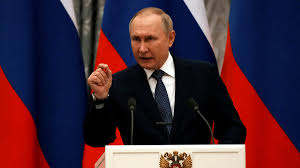
Russia has been under Vladimir Putin’s regime since 1999. During that time, he formed the nation into an authoritarian and militaristic society. He has successfully invaded two of Russia’s neighbors and strengthened ties with Syria and Iran. His intent on pushing back against the Western world order within the past two decades seems to be working. To understand how one man’s powerful influence has such an impact on the world, we need to review some historical events during the chaos and corruption that Russia endured after the Soviet Union collapsed.
The Berlin Wall Falls.
In 1989 when the Berlin Wall fell, a 40-year-old Putin at the time was working as an undercover spy in East Germany for the KGB. The Soviet Union then dissolved into 15 new countries, including the new Russian Federation. In Putin’s perspective, Russia had lost 2 million square miles of territory. He later called this a “major geopolitical disaster of the century.” Lamenting that tens of millions of his co-patriots found themselves outside Russian territory. The new government had to sell nearly 45,000 energy and mining companies that had been run by the Communist regime. As a result of this, the Russian economy was in freefall; and those companies ended up in the possession of exclusive wealthy men known as Russia’s oligarchs. At the same time, the new Russian state was having a difficult time establishing itself. Russia’s first President Boris Yeltsin was wildly unpopular for complying with the West. Many Russians thought he was an embarrassment. To stay in power, he depended on the support of these oligarchs, surrendering an immense amount of political authority to them. Equality then declined after the fall of the Soviet Union.
Putin Later Becomes Favorable.
Putin leaves the KGB in 1991 and becomes the deputy mayor of St. Petersburg. Putin uses his position to give special treatment to friends and allies in the private sector. He helps them structure monopolies and regulates their competitors, quickly becoming a favorite among the oligarchs. Shortly after, he assembles a support network of oligarchs and security officials. The majority of whom were formal fellow KGB officers. With their help, Putin rapidly ascends to the upper echelon of the new Russian state. In 1999, President Boris Yeltsin appoints Putin, who was still relatively unknown in national politics, to be the Prime Minister.
Putin’s Aim as Prime Minister.
A fierce nationalist, Putin feared Yeltsin was letting the United States dominate Russia, and that NATO the alliance that worked for decades to contain Soviet influence, would expand into the newly liberated nations and surround Russia. Putin’s objective then became to build a strong Russian state, one that would be both stable at home and capable of exercising more influence over its neighbors. He then quickly got his chance. During the post-Soviet chaos, there was escalating violence in Chechnya, a region that informally seceded from Russia in the mid-90s. Chechen warlords and terrorists were pushing into Russian territory and attacking the border. In August of 1999, a series of deadly bombings killed more than 300 people in Moscow and other Russian cities. Putin, the new Prime Minister, immediately blames Chechen separatists for the attack. He routinely appears in Russian media outlets claiming he will avenge Russia. The population quickly rallies around him. Putin’s approval ratings then increase from 2% to 45% Journalists later uncover evidence that suggests Russian security services could have been complicit in the Moscow bombings, perhaps knowing they would spark support for a leader like Putin. But a closed state investigation quickly invalidated any such theories.
Putin’s Aim as President.
In 1999, Russia engages in a devastating war in Chechnya. The capital city of Grozny was leveled by Russian forces, and it is estimated that 80,000 people were killed. Within months, Russia brings Chechnya back under its occupation. In December of 1999 Yeltsin resigns making Putin the interim President. In May, during the bloody campaign in Chechnya, Putin wins the presidential election. He begins to frame
the Russian state in his vision. Patronage and corruption remain some of his key tools, but he quickly suppresses the oligarchs under his rule. Those that support Putin are rewarded, and those that don’t or are defiant are eliminated. With the oligarchy tamed, Putin was now free to move his vision outside of Russia’s borders. Currently, relations with the United States are decent. But that soon changed. In August of 2008, Russia invades Georgia, a former Soviet republic. It’s a display of aggression and strength on behalf of pro-Russian separatists there. Russia quickly annexes two small regions in Georgia, drawing condemnation from all over the world. However, Putin was not President during the invasion. The Russian Constitution states that a president can only serve two terms. But sets no limit on the total number of terms one can serve. Putin then takes the Prime Minister role again when his hand-picked successor Dmitry Medvedev served as President.
Obama Resets Russian Ties.
When Obama was elected President in 2008, he attempts to reset relations with Russia. Some progress is made. Most notably to limit both nations’ nuclear arsenals. But Putin remains paranoid about his intentions and remains opposed to these new relations. He’s particularly bothered by interventions in the Middle East, especially in Libya in 2011. He publicly criticized Medvedev for not vetoing the action in the UN Security Council. Putin announces his candidacy for President and wins the 2012 election by a preposterous margin. Putin then starts his third term once again amid chaos. He doubles down on his authoritarian governance style at home, and his militaristic strategy publicly. But in both cases, he highlights a mastery of information.
Control Over Russian Television.
Since he took office in 2000, Putin has kept a tight leash on Russian television. Essentially all news outlets as state-owned propaganda machines. His regime decides which stories and content air, and how. Always depicting him as the strong Russian leader. In 2012, he cracked down on human and civil rights liberties. Establishing that there is no room for dissent in his Russia. Using state television. Putin administered a blistering campaign against a feminist and gay rights music group PussyRiot. Putin has also stiffened his aggressive foreign strategy. He used traditional military methods such as sending weapons and aircraft to help dictator Bashar al-Assad fight a bloody civil war in Syria. But Putin’s regime has also developed and advanced the most effective cyber army in the world, and has used it to wreak havoc in the West. These hackers have stolen classified information, hacked politicians’ e-mail accounts, and taken Georgia’s internet offline while Russian troops invaded. Russian hackers have also launched propaganda campaigns in support of right-wing candidates in Europe. With this, Putin is trying to exploit and deepen the political divide in Western democracies.
Russia’s Stance on NATO.
In 2014, Putin’s vision culminated in the targeting of Ukraine, another former Soviet nation. Ukraine’s President was opening to the West and Putin feared that the country would join NATO. So Russian hackers launched a propaganda campaign against the government. Stoking protests in the pro-Russia Eastern part of the country. Putin then sent in disguised Russian troops and before long, violence erupted. In early 2014, Putin annexed Crimea. He continues to support the fighting in Ukraine. Over the period of five years, 9,000 people have been killed. The world erupts in protest, but Putin does not cave in. His aggressive foreign policy successfully weakens his neighbors while also rallying Russians around him. But this is done all at the expense of his people.
The Response from the West.
Putin’s invasions have prompted sanctions from the west, barring Russian businesses from trading in Western markets. The Russian currency has plummeted in value, and the energy industry that Russia relies on is collapsing. However, the election of Donald Trump brings new hope for Putin’s vision. Trump’s rhetoric has been notably soft on Russia. Given that sanctions can be weakened or lifted, and weaken NATO, potentially freeing up space for Putin’s Russia to become a dominant power once again. However, in February of 2022, tensions are rising once again. As the Russian Federation and Ukraine are currently at war.
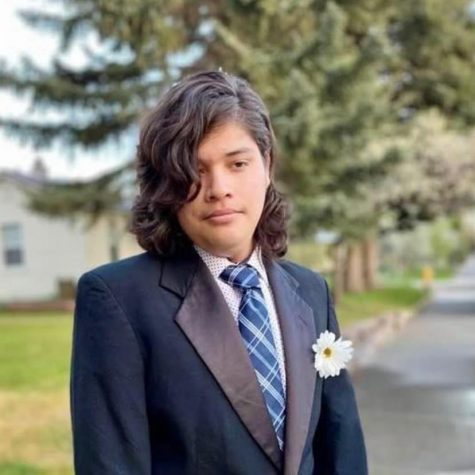
My name is Diamond. I just graduated high school and now I'm producing content part-time online. My most popular profile is @BlindOS_22 on TikTok which...




